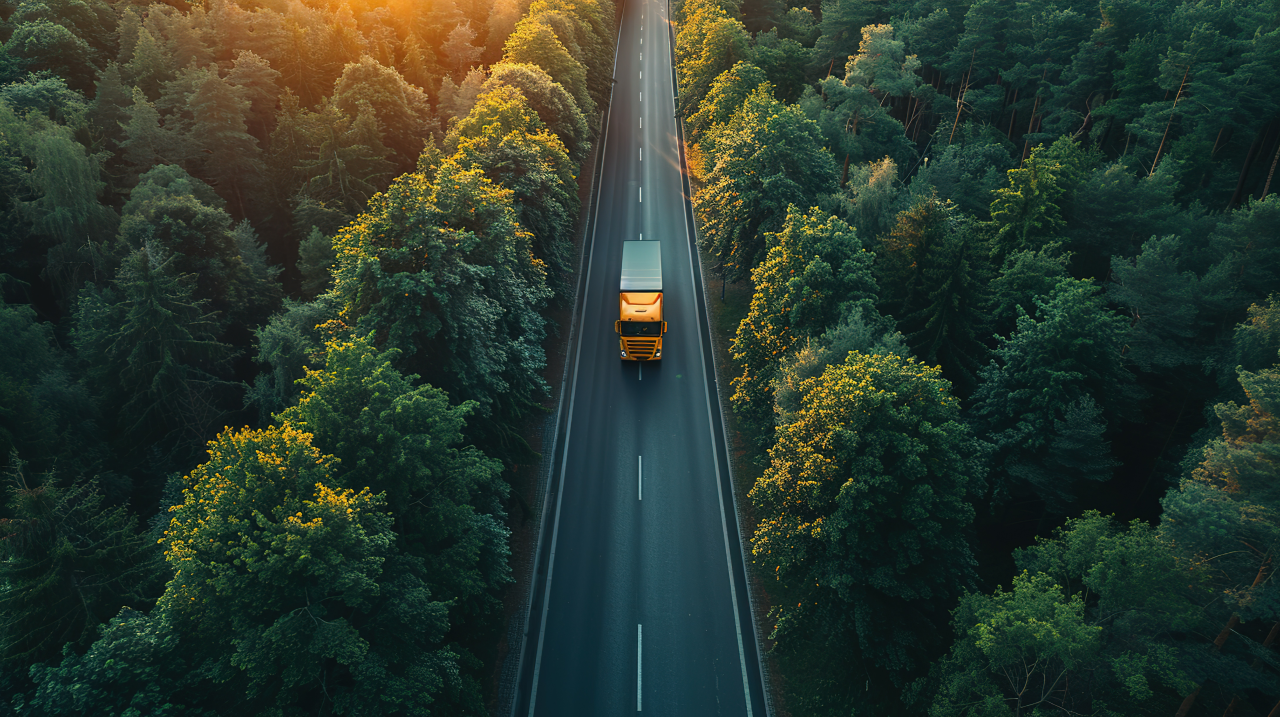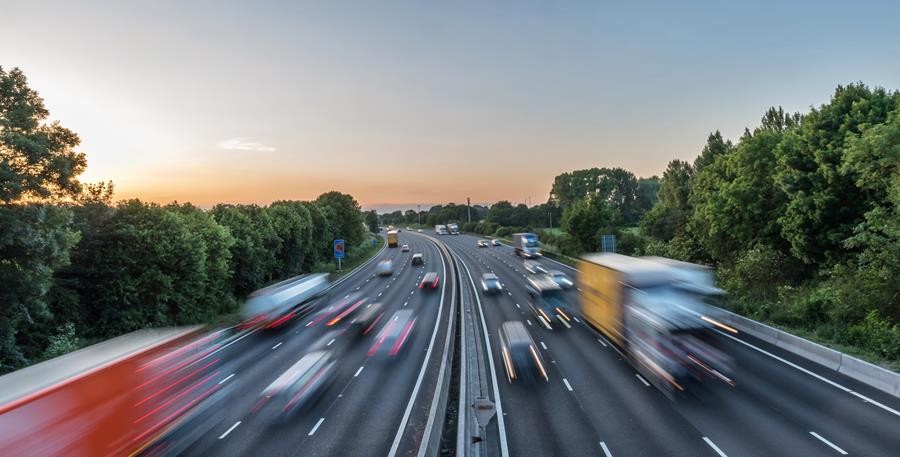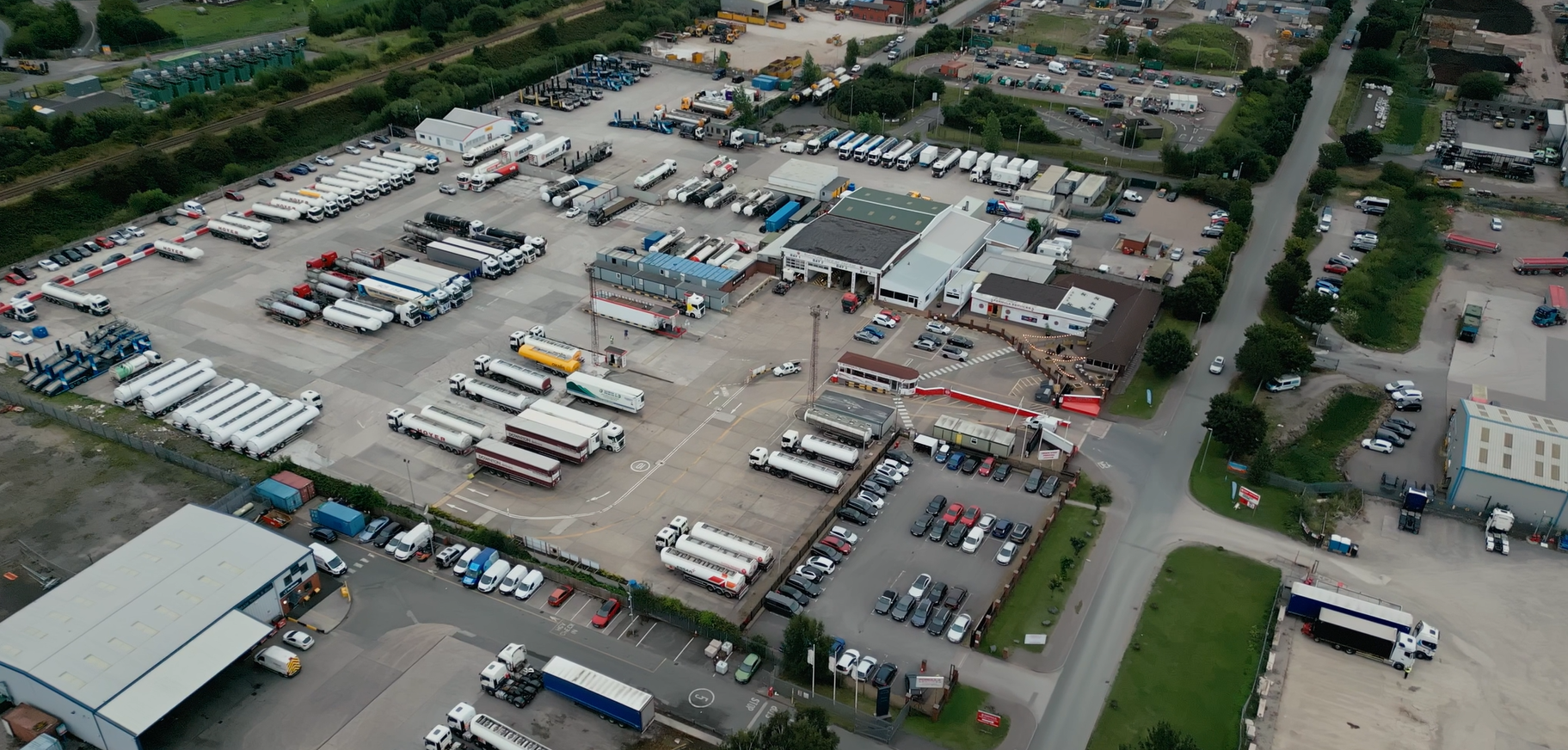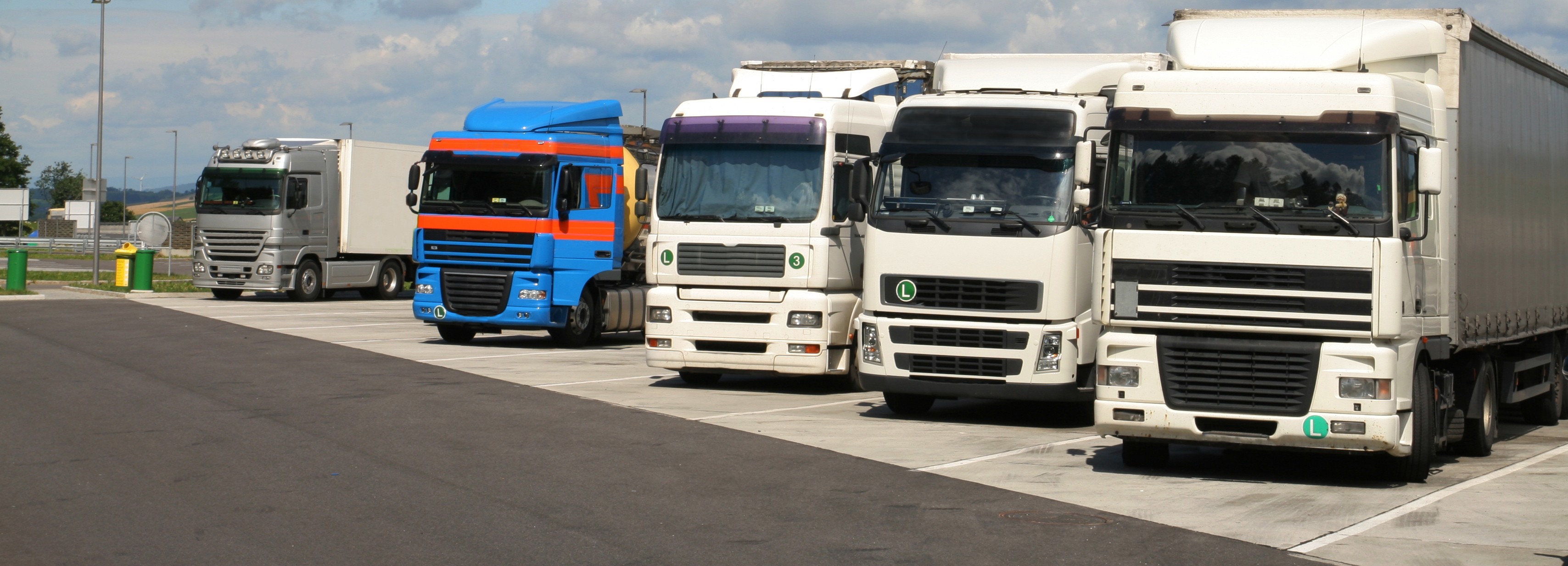
Susie Jones
Drumul spre durabilitate: Provocarea europeană privind emisiile în sectorul transporturilor
Creat: 08.08.2024
•
Actualizat: 08.08.2024
Un raport din 2024 realizat de Clean Technica a arătat că peste 25% din emisiile generate de traficul rutier provin din sectorul transporturilor din Europa - vehiculele grele fiind responsabile pentru 85% din emisii (restul fiind format din autobuze și autocare).
În ritmul actual, numai sectorul transporturilor va reprezenta aproape jumătate din emisiile de gaze cu efect de seră ale Europei în 2030 - emisiile din sectorul transporturilor din Europa au continuat să crească cu mai mult de un sfert din 1990. Emisiile din întreaga economie au scăzut - cu toate acestea, de la un vârf atins în 2007, sectorul transporturilor s-a decarbonizat de [trei ori mai lent] (https://www.transportenvironment.org/articles/europes-transport-sector-set-to-make-up-almost-half-of-the-continents-emissions-in-2030) decât restul economiei.
Care este cauza creșterii emisiilor de CO2 în industria transporturilor?
De la proliferarea comerțului electronic și a serviciilor de livrare la domiciliu, cererea pentru mai multe camioane pe șosele a crescut semnificativ. În consecință, creșterea cererii a dus la o creștere a emisiilor de CO2 în industria transporturilor.
Un raport [Clean Technica] (https://cleantechnica.com/2024/05/13/eu-wisely-stiffens-road-freight-passenger-emissions-guidance/) privind tonajul transportului intern de marfă pe diferite moduri de transport (rutier, feroviar și pe apă) a arătat că transportul rutier de marfă a fost mai dominant în Europa decât transportul feroviar și pe apă în comparație cu alte zone geografice (SUA și India). Deși China este mai dependentă de transportul rutier de marfă, raportul a arătat că țara operează cu aproximativ 600 000 de camioane electrice pentru livrarea mărfurilor.

Ce planuri sunt în vigoare în Europa pentru reducerea emisiilor de CO2?
Parlamentul European a adoptat [Legea europeană privind clima] (https://climate.ec.europa.eu/eu-action/european-climate-law_en#:~:text=The%20European%20Climate%20Law%20writes,2030%2C%20compared%20to%201990%20levels.) pentru a aborda problema creșterii emisiilor de CO2. Ca parte a acestei legi, obiectivul UE de reducere a emisiilor nete de gaze cu efect de seră până în 2030 a fost majorat la cel puțin 55% - ceea ce face ca neutralitatea climatică să fie obligatorie din punct de vedere juridic până în 2050.
În mai 2024, țările UE au aprobat o lege pentru reducerea emisiilor de CO2 ale camioanelor. Noua legislație va impune ca noile vehicule grele vândute în UE începând cu 2040 să nu mai producă emisii, impunând în același timp o reducere de 90% a emisiilor de CO2 provenite de la noile vehicule grele până în același an. Producătorii trebuie să vândă o cantitate mare de vehicule grele fără emisii de CO2 - de exemplu, vehicule electrice și pe bază de hidrogen - pentru a compensa vânzările rămase de vehicule care emit CO.
Ce măsuri pot lua administratorii de flote pentru a reduce emisiile de CO2?
Gestionarii de flote pot lua măsuri pentru a-și reduce emisiile de CO2:
Frânarea bruscă, accelerarea rapidă și mersul în gol pot crește consumul de combustibil și emisiile de gaze cu efect de seră - Deși monitorizarea comportamentului șoferilor poate fi o provocare, tehnologia AI poate oferi un feedback continuu șoferilor și managerilor de flotă. Aflați mai multe despre modul în care [IA poate avea un impact pozitiv asupra sustenabilității] (https://www.linkedin.com/pulse/ai-its-impact-sustainability-haulage-industry-snap-account-e9o9e/?trackingId=uKlPhDPHQcOVRjFkVc1iFQ%3D%3D) în industria transportului rutier.
Flotele cu vehicule mai vechi pot trece la vehicule grele alimentate cu ulei vegetal hidrotratat (HVO), hidrogen sau electric pentru a reduce semnificativ emisiile. Cu toate acestea, managerii de flote trebuie să ia în considerare distanța pe care o pot parcurge vehiculele alimentate cu combustibili alternativi și implicațiile financiare.
[Contul SNAP] (https://snapacc.com/) permite managerilor de flote să reducă kilometrajul de ocolire - cu peste 600 de parteneri de servicii disponibili pentru clienții contului SNAP, managerii de flote pot planifica opriri de noapte pentru șoferii lor pe traseu.
Există infrastructura necesară pentru încărcarea vehiculelor grele de marfă electrice?
Conform unui [studiu PwC] (https://www.strategyand.pwc.com/de/en/industries/transport/the-dawn-of-electrified-trucking.html), până în 2030, o treime din toate camioanele din Europa vor fi electrice. Pe măsură ce companiile de flote iau măsuri în vederea electrificării, stațiile de camioane din Europa trebuie să fie capabile să satisfacă cererea de stații de încărcare electrice.
Punerea la dispoziție a infrastructurii va avea un cost pentru multe stații de camioane și benzinării. Cu toate acestea, cele care dispun deja de încărcătoare pentru autovehicule electrice sunt bine plasate pentru a profita de viitoarele valuri de camioane electrice. Până în 2030, stațiile publice de încărcare din Europa vor crește la peste [3 600] (https://www.2win.eu/blog/electric-trucks/) - UE a prezentat o lege ambițioasă privind încărcarea prin Regulamentul privind infrastructura pentru combustibili alternativi (AFIR). AFIR intenționează să doteze rețeaua rutieră principală cu bazine de încărcare la fiecare 60 km - furnizând suficientă energie de încărcare și capacitate de hidrogen pentru ca 9% din flotele de camioane și autocare să fie cu emisii zero până în 2030.
Care este țara europeană cu cele mai mari emisii de CO2?
În 2021, Germania, Franța și Italia au fost responsabile pentru cele mai mari emisii globale de gaze cu efect de seră (GES) - variind între 375 000 și 740 000 de ktone de CO2. Cu toate acestea, țările cu populații mai mari produc mai multe emisii de gaze cu efect de seră - prin urmare, vizualizarea emisiilor totale de gaze cu efect de seră oferă o imagine distorsionată.
O analiză imparțială a emisiilor oferă o perspectivă diferită - Luxemburg, Irlanda și Republica Cehă au produs cele mai mari emisii pe cap de locuitor din UE în 2021.
Care este cel mai ecologic mod de transport al mărfurilor?
Transportul de mărfuri pe calea ferată este unul dintre cele mai ecologice moduri de transport, dar oferă și alte beneficii:
Reducerea congestionării traficului rutier, ceea ce contribuie la îmbunătățirea calității aerului.
Calea ferată oferă o modalitate mai rapidă de a transporta bunuri și înlătură obstacolele din traficul greu.
Camioanele cu combustibil alternativ reprezintă o altă modalitate ecologică de a transporta mărfuri. Uleiul vegetal hidrotratat (HVO) poate reduce imediat cu până la 90% emisiile de gaze cu efect de seră în comparație cu motorina standard de-a lungul ciclului de viață al produsului. Certas Energy HVO susține trecerea la o alternativă mai curată - ajutând întreprinderile să își îndeplinească obiectivele de sustenabilitate și să facă pași semnificativi către viitorul lor net zero.



